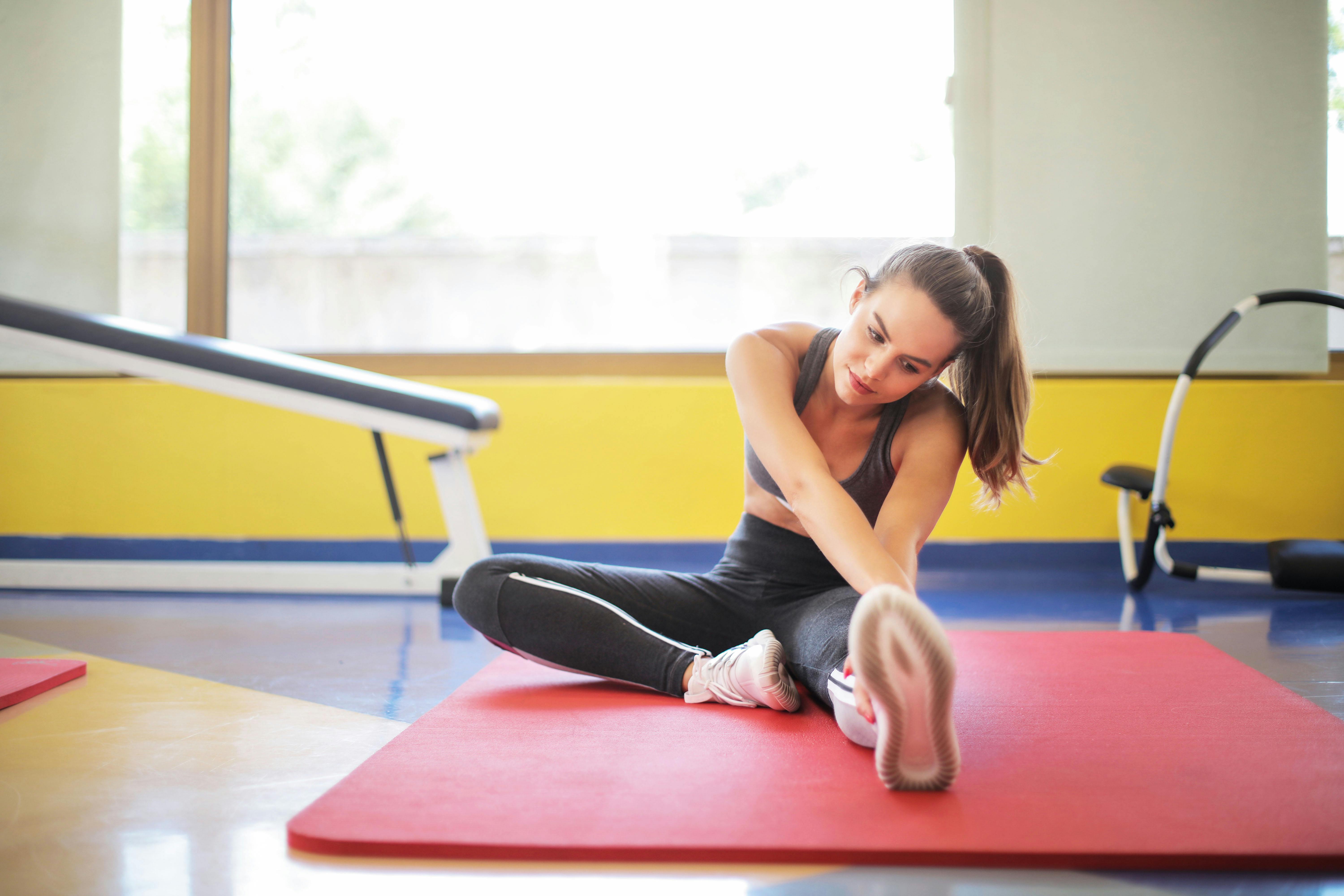Fitness Strategies for Seniors: A Pathway to Lifelong Vitality
By Jack | November 19, 2024
Staying active as we get older is crucial for maintaining not only physical health but mental well-being, too. Fitness for seniors is about more than just keeping fit; it's about sustaining quality of life, preventing chronic illness, and supporting mental agility.
The Relevance of Senior Fitness: For many over 60, the idea of hitting the gym might seem daunting. However, engaging in regular physical activity is vital to counteract the natural decline in muscle mass and bone density. Exercise helps improve balance, which can reduce the risk of falls, a common concern for seniors. Furthermore, physical activity has been linked to better mental health, warding off depression and improving mood and cognitive function.
Safe and Effective Exercise Techniques: Seniors can benefit from a blend of aerobic exercises (like walking or cycling), strength training, flexibility, and balance exercises. Starting with low-impact activities and gradually increasing intensity can prevent injuries. Yoga and Tai Chi, for example, are excellent for enhancing flexibility and balance.
Overcoming Common Misconceptions: A pervasive myth is that older adults are too frail to exercise; ironically, this inactivity can exacerbate frailty. Another misconception is that strength training is unsuitable for seniors—it is, however, essential for maintaining muscle mass and metabolism. The key is to tailor exercises to individual capabilities and health concerns, possibly with the guidance of a fitness professional.
Incorporating Technology: Fitness technology isn't just for the technologically savvy youth. Seniors can use devices and apps to track their exercise routines, ensuring they're meeting health goals safely. Wearable devices can monitor heart rate and provide feedback, making exercise both interactive and safe.
Motivation and Community Engagement: Motivation is critical in maintaining any fitness routine. Joining group classes or fitness communities can provide the necessary encouragement and accountability. Moreover, these activities offer a social element—helping to combat feelings of loneliness, which can be prevalent in older age.
A Success Story: Consider the example of Diana, a 70-year-old who, after joining a local fitness group, saw improvements in her energy levels and balance. She now participates in weekly Tai Chi sessions and reports significant improvements in her mental sharpness and overall well-being.
For trainers, creating an inclusive environment that acknowledges the diverse needs of elderly clients can expand business opportunities. As life expectancy rises, senior fitness offerings present a growing demand.
Embracing fitness during senior years is vital for sustaining vitality and mental acuity. By dispelling myths and encouraging accessible, safety-focused exercises, seniors can achieve a healthier lifestyle. Whether you're a senior or a trainer, recognising the benefits of tailored fitness strategies can promote an active, rewarding life.
Jack
Jack is a dedicated personal trainer with a passion for helping clients reach their fitness goals. With a focus on personalized training plans, Jack combines strength training, cardio, and nutrition guidance to ensure lasting results. His motivating and supportive approach makes fitness accessible for everyone, from beginners to seasoned athletes. Whether you're looking to build muscle, lose weight, or improve overall health, Jack is committed to guiding you every step of the way.
